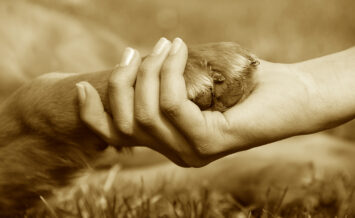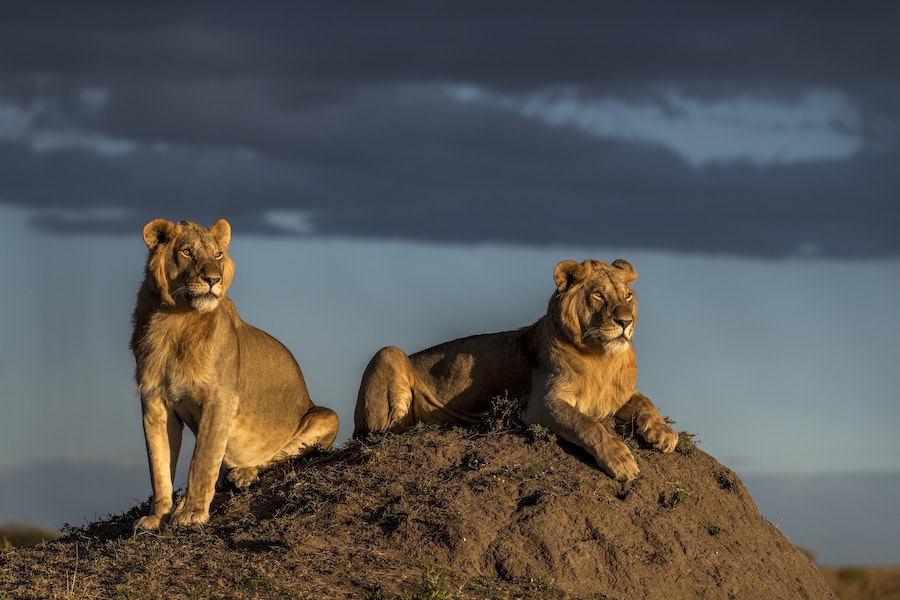A world without lions is unimaginable. These beautiful photographs explain why…
It’s hard to believe the king of the jungle could be knocked from his throne, but estimates suggest there are below 25,000 lions left in Africa. To put it in perspective, that’s less than the number of rhinos.
A new photography book, Remembering Lions, aims to raise awareness of the plight of these big cats, who could very easily disappear from the wild unless action is taken.
Masterminded by British photographer Margot Raggett, this homage to safari royalty features images donated by top wildlife photographers, and profits from sales will be used to support efforts to protect the species.
View this post on Instagram
In the past , the Remembering Wildlife team has published books on great apes, rhinos and elephants, which have collectively raised more than £500,000 for wildlife conservation.
Here, some of the contributors share their thoughts on an animal we simply cannot afford to lose.
Photographer: Adam Bannister
Where: Londolozi Game Reserve, South Africa
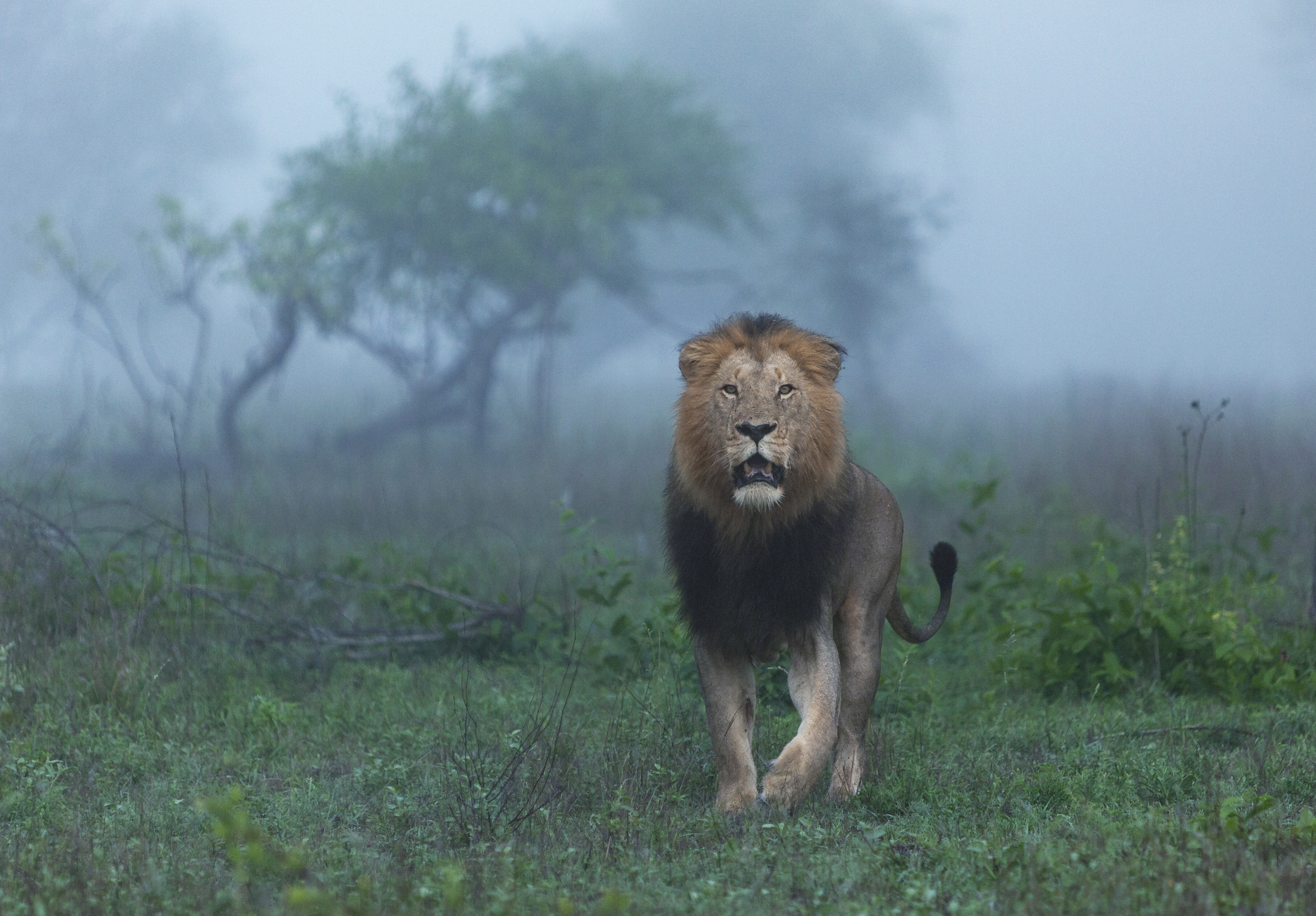
“Lions have personalities and character. Like the dark-manned lion Majingilane, pictured here, they have the power and ability to capture our emotions like no other animal. It is our responsibility to ensure that this very icon of Africa is conserved for generations to come. A world without lions would be a world not worth living in.”
Photographer: Andy Rouse
Where: Maasai Mara National Reserve, Kenya
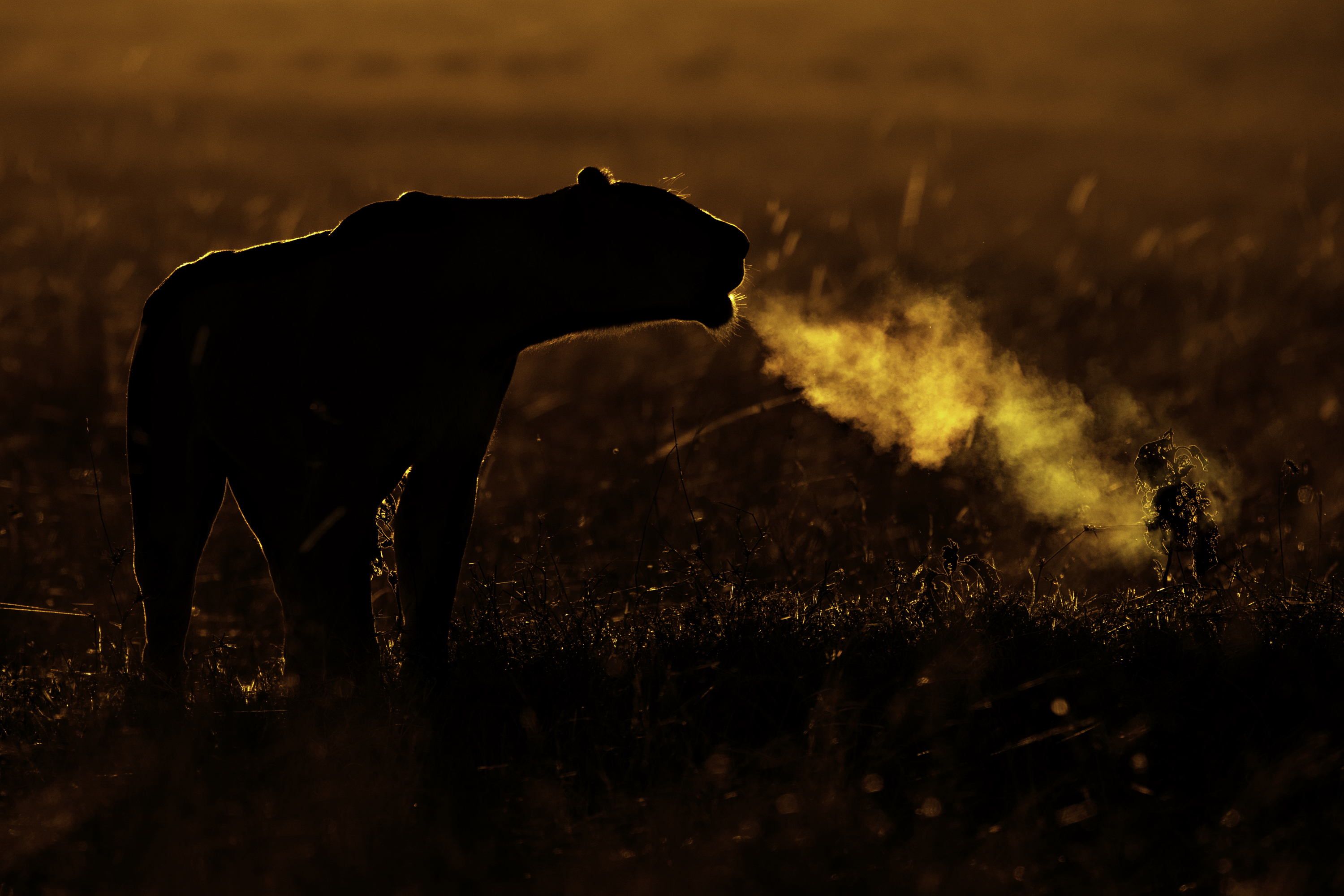
“I live for taking atmospheric shots, it’s in my blood and it’s what drives me. Lions present so many wonderful opportunities to do this, and to have one of my favourite images ever included on the back cover of a book raising funds for lion conservation is a dream come true.”
Photographer: Chad Cocking
Where: Timbavati Private Nature Reserve, Greater Kruger, South Africa
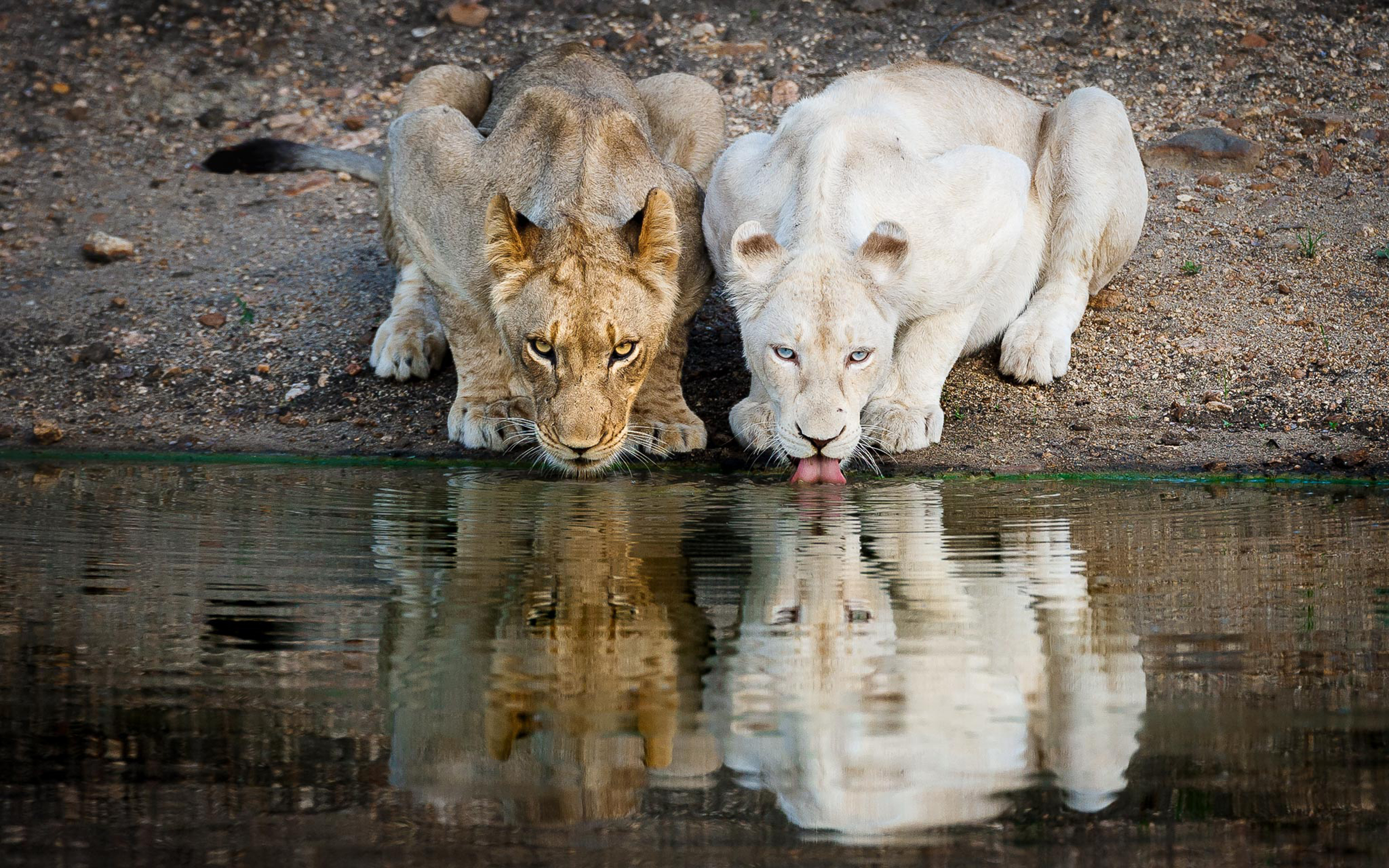
“This image shows a rare white lion having a drink alongside its tawny cousin. White lions are not albinos, but rather carriers of a recessive gene that results in a lack of production of pigmentation in the fur. Unlike albinos, leucistic animals still have pigmentation in their eyes, hence this lioness’s blueish eyes. Despite their seemingly disadvantageous colouration, white lions in this region of the Greater Kruger Park have shown that they have what it takes to survive in the wild.”
Photographer: Chris Schmid
Where: Serengeti National Park, Tanzania
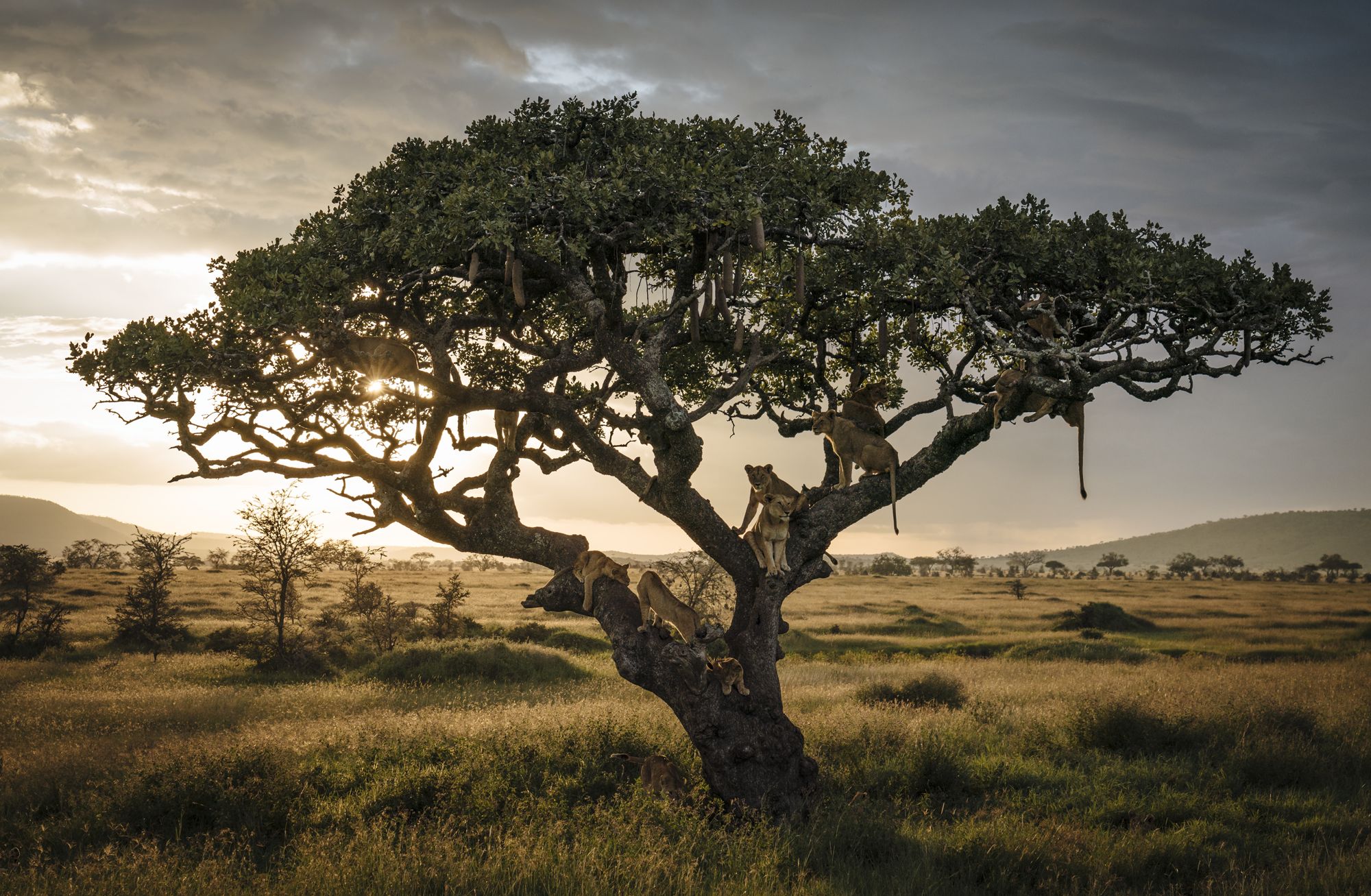
“Seeing lions in trees is very unusual, unlike their spotted cousin the leopard. In this moment we saw no less than 12 lionesses and cubs napping and watching, up a tree. There are many theories put forward to explain why lions climb trees. These include avoiding wet grass, getting a cooling breeze, getting a better view of the surroundings. But this particular pride were using the tree as a vantage point, watching a group of giraffes 700 meters away.”
Photographer: Margot Raggett
Where: Maasai Mara Reserve, Kenya
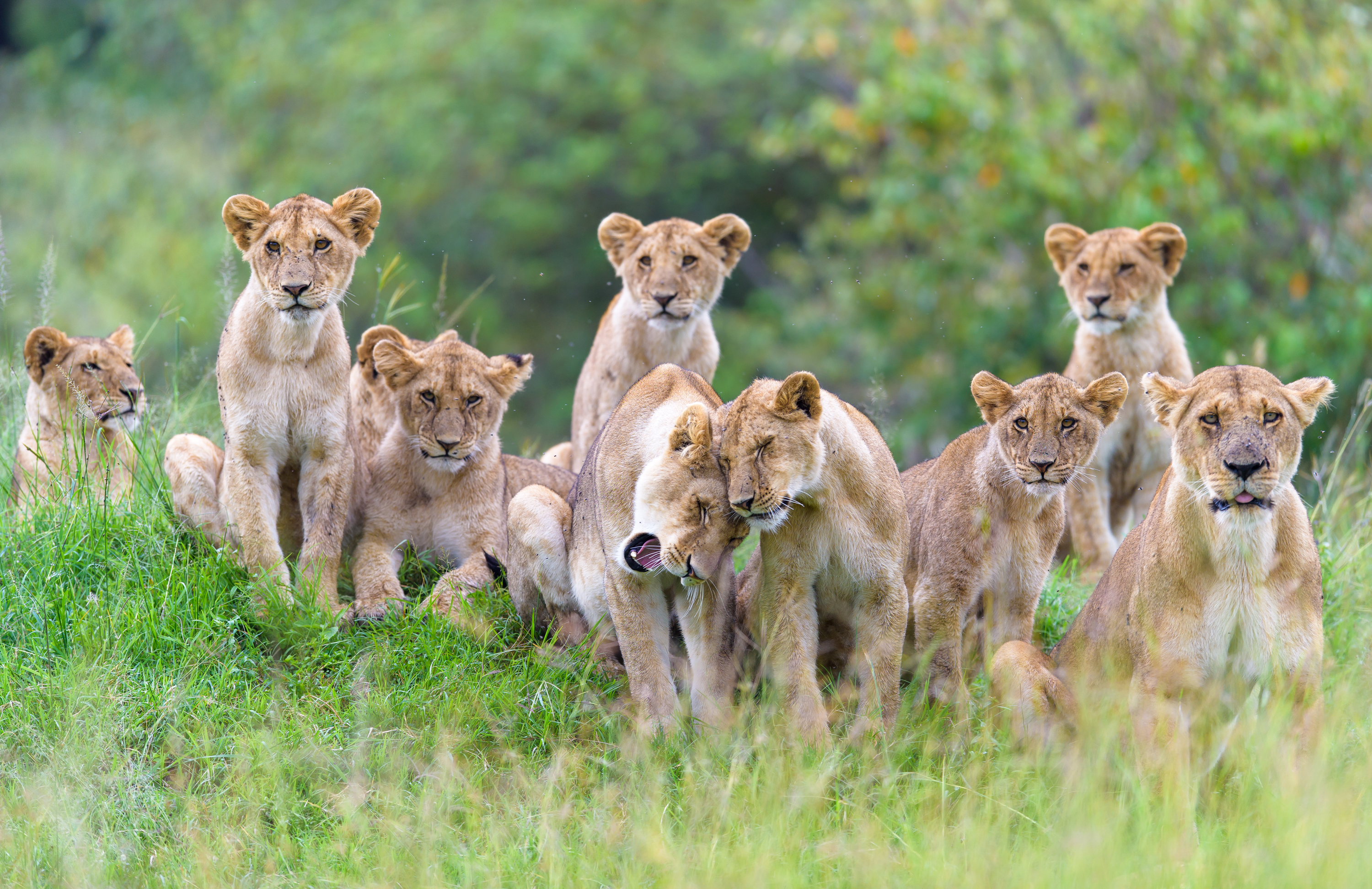
“I love trying to capture emotions in my photos of wildlife, and this particular day was very poignant for me. The Rekero Pride were in trouble that day, desperate for a meal and having recently lost the protection of their pride males, vulnerable to attack from incomers. For me, this picture represents how much lions are always living on the edge, both individually but also as a species.”
Photographer: Suzi Eszterhas
Where: Maasai Mara National Reserve, Kenya
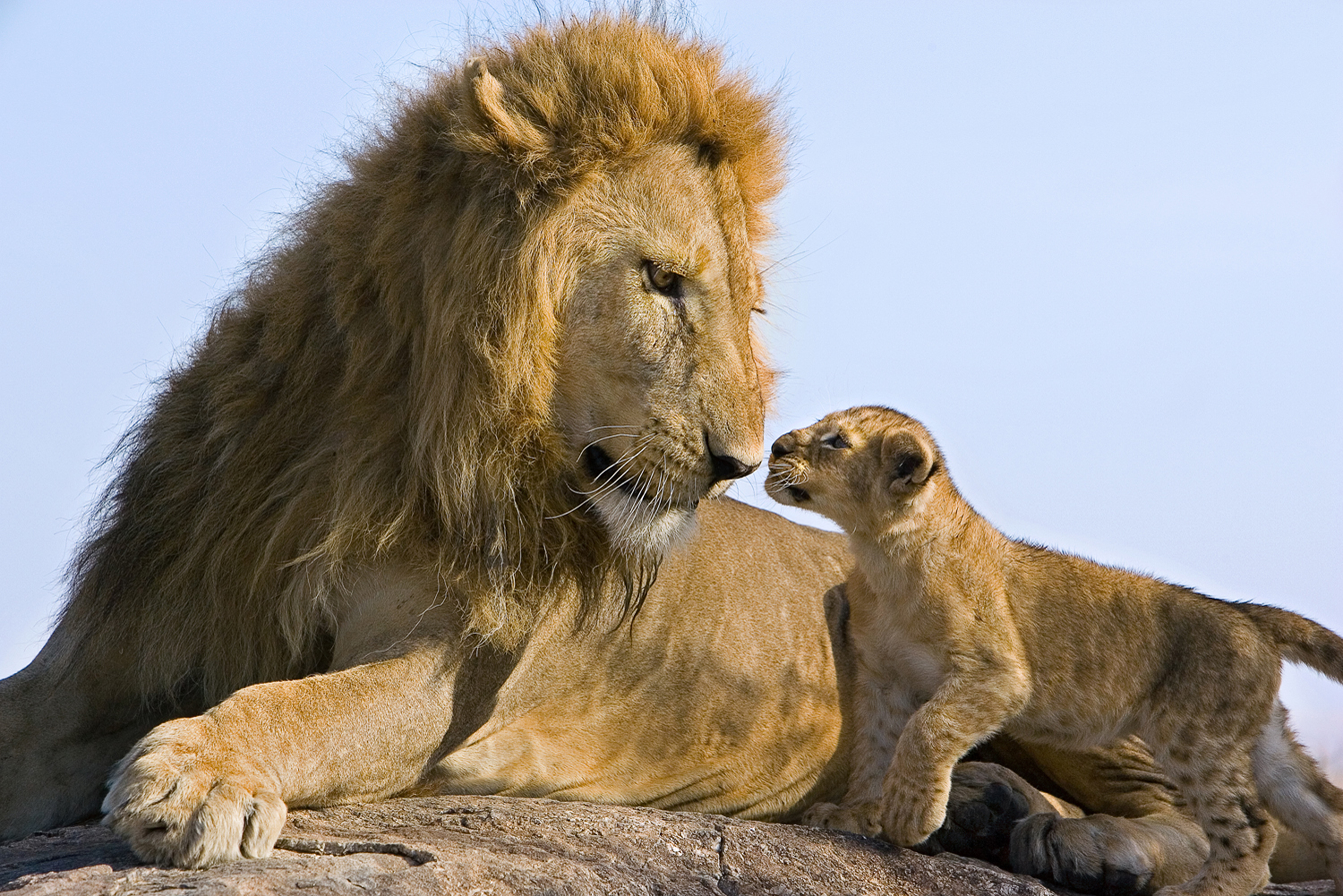
“I spent about three months following a lion pride in the Maasai Mara in Kenya. During this time I had found a lioness and her tiny three-week-old cubs. The cubs were still in the den, safely hidden and kept away from the rest of the pride. But I knew that when the cubs were around six weeks old the mother would introduce them to the rest of the pride. I waited with anticipation for that day, and it finally came, early one morning, in beautiful light. In this picture this shy little cub is meeting his father for the first time. It is a moment that I felt very privileged to witness and will always treasure.”
Photographer: Hannes Lochner
Where: Kgalagadi Transfrontier Park, Kalahari, South Africa
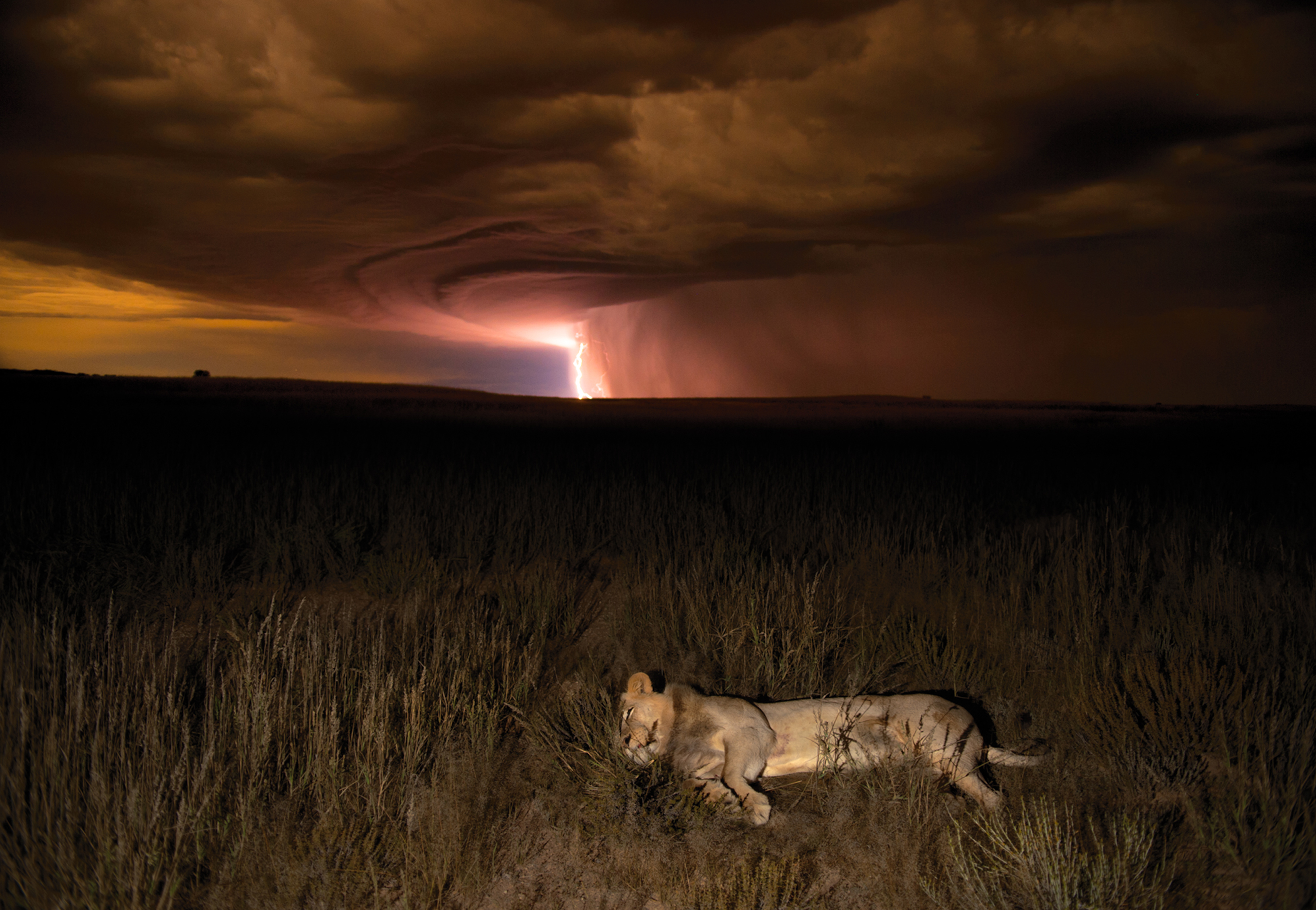
“As a young boy, I was drawn to big cats and Africa. And the lion was on top of my list. Nature without lions I could not imagine. On this particular night, this young male seemed blissfully unconcerned by the lightning and thunder rolling in across the Kalahari. I worked fast, framing the lion against the illuminated night sky at the moment a bolt of lightning flashed to the ground. Just after I took this picture there were a few more lightning bolts and then everything went still and dark again.”
Remembering Lions is published on October 14, priced £45. Order it from Amazon or rememberingwildlife.com.
The Press Association
Latest posts by The Press Association (see all)
- Could brisk walking boost your heart? - April 16, 2025
- Best spring-to-summer plants to fill the colour gaps - April 15, 2025
- Catherine tells how ‘spiritual’ connection with nature gives her peace in busy world - April 15, 2025
- Why weeds are worth cultivating – and eating - April 14, 2025
- 5 top tips for cleaning your tech, from phones to laptops - April 14, 2025





